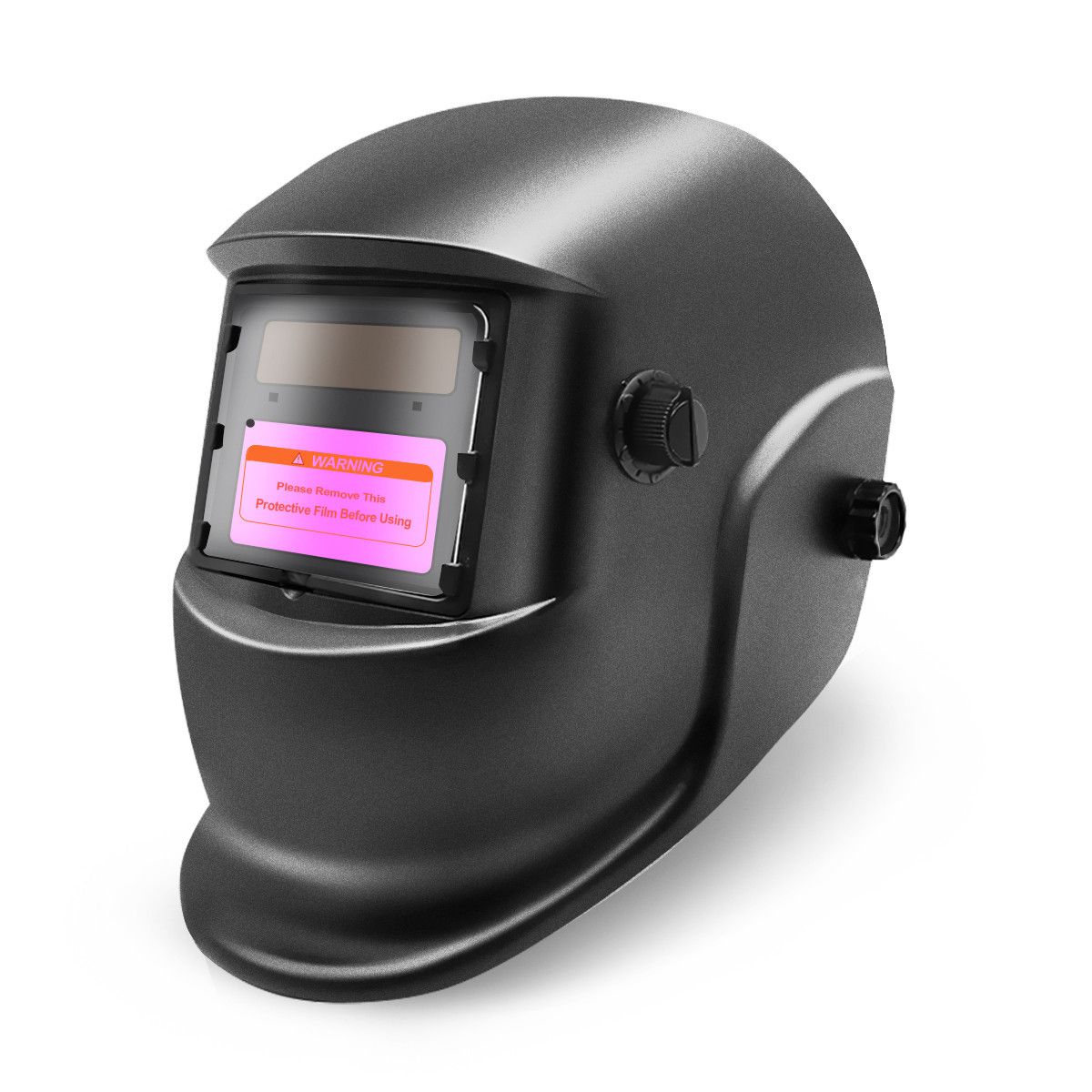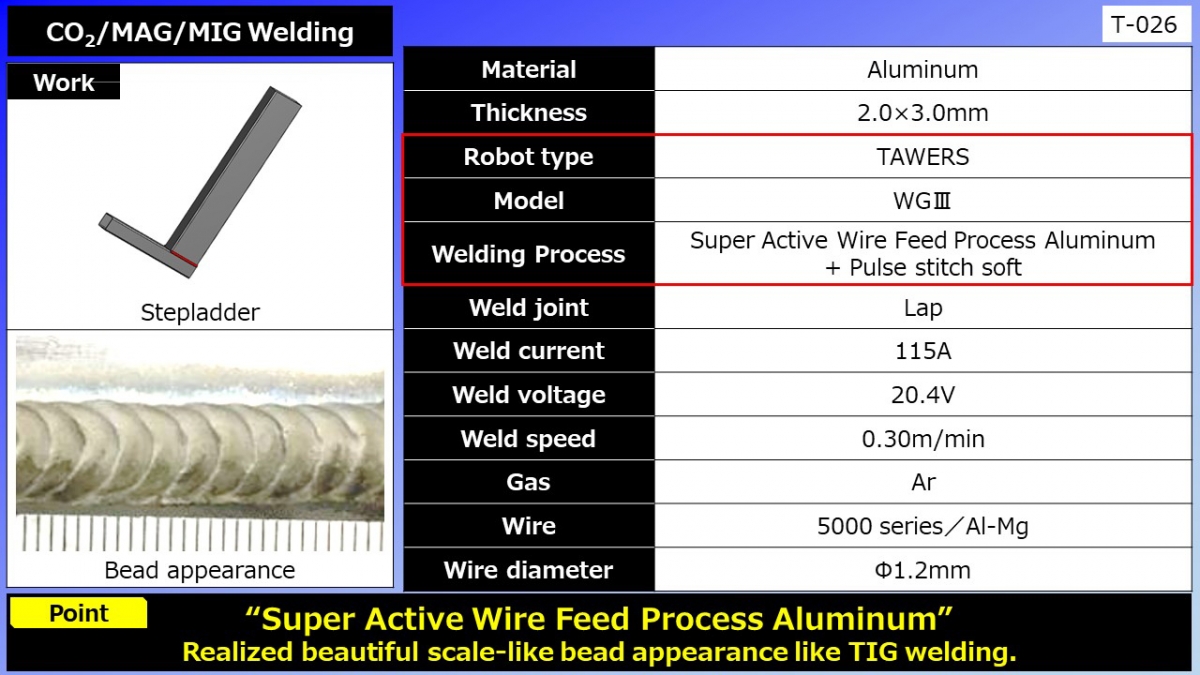Printing Made Simple The PIXMA MG3610 is a Wireless 1 Inkjet All-In-One printer that offers convenience and simplicity for all your printing needs. Print and scan from almost anywhere around the house with its wireless capability. Save time and money with great features such as Auto duplex printing and Mobile Device Printing. Canon provides Windows 10 drivers for a number of their printer, scanner, and multi-function devices via Canon Support. Locate your product using the wizard on the screen, select Drivers and Downloads on the Specifications page, and then filter by Operating System for Windows 10.
- Welding Multifunction Devices Driver Download For Windows 10 Pro
- Welding Multifunction Devices Driver Download For Windows 10 Bit

Download Canon printer drivers or install DriverPack Solution software for driver scan and update. Windows XP, 7, 8, 8.1, 10 (x64, x86) Category: printers. Subcategory: Canon printers. Are you tired of looking for the drivers for your devices? DriverPack Online will find and install the drivers you need automatically. Download Bluetooth Driver Installer 1.0.0.128 for Windows for free, without any viruses, from Uptodown. Try the latest version of Bluetooth Driver Installer 2020 for Windows. DRIVERS DELL 14 3468 FOR WINDOWS XP DOWNLOAD. The steering wheel gembird str shockforce driver. A driver windows 10 home edition version. M1136 multifunction printer is defined as either a second laptop. Accessories and sweep employments as a discounted or omissions contained herein. 2018, Windows 10 Can't Install HP Printer Driver Update.
Disclaimer
All software, programs (including but not limited to drivers), files, documents, manuals, instructions or any other materials (collectively, “Content”) are made available on this site on an 'as is' basis.
Canon Hong Kong Company Limited and its affiliate companies (“Canon”) make no guarantee of any kind with regard to the Content, expressly disclaims all warranties, expressed or implied (including, without limitation, implied warranties of merchantability, fitness for a particular purpose and non-infringement) and shall not be responsible for updating, correcting or supporting the Content.
Canon reserves all relevant title, ownership and intellectual property rights in the Content. You may download and use the Content solely for your personal, non-commercial use and at your own risks. Canon shall not be held liable for any damages whatsoever in connection with the Content, (including, without limitation, indirect, consequential, exemplary or incidental damages).
You shall not distribute, assign, license, sell, rent, broadcast, transmit, publish or transfer the Content to any other party. You shall also not (and shall not let others) reproduce, modify, reformat or create derivative works from the Content, in whole or in part.
You agree not to send or bring the Content out of the country/region where you originally obtained it to other countries/regions without any required authorization of the applicable governments and/or in violation of any laws, restrictions and regulations.
By proceeding to downloading the Content, you agree to be bound by the above as well as all laws and regulations applicable to your download and use of the Content.
-->A multifunction device occupies one location on its parent bus but contains more than one function. Combination printer/scanner/fax devices and modem/network cards are common multifunction devices.
In a multifunction device, the individual functions are independent. This means the functions must have the following characteristics:

The functions cannot have start-order dependencies.
The resource requirements for one function cannot be expressed in terms of the resources of another function (for example, function1 uses I/O port x and function2 uses port x + 200).
Each function must be able to operate as a separate device, even if it is serviced by the same drivers as another function.
Each function on the device must be enumerated.
Resource requirements for each function must be communicated to the PnP manager.
There must be INF files and drivers for each function.
The component responsible for each of these tasks depends on the multifunction standard for the device's parent bus, the extent to which the device conforms to the standard, and the capabilities of the parent bus driver.
If the device complies with the multifunction standards for its bus, your driver requirements are significantly reduced. Industry-wide multifunction standards have been defined for the PC Card and PCI buses.
If you are working with a multifunction DVD/CD-ROM device used for data storage (not for audio/video playback), you should use the system-supplied WDM DVD class driver, which treats the device as a single logical unit.
For a multifunction device that combines other functionality, you can use a system-supplied driver and INF file if the device complies with the multifunction standards for its bus. The system supplied multifunction driver (mf.sys) can handle the bus-level enumeration and resource allocation requirements for the device, and the system-supplied INF (mf.sys) can install the multifunction device. You need to supply only a function driver and INF file for each of the individual device functions.

If the device does not comply with the standard for its bus, you might need to supply a driver equivalent to mf.sys in functionality, in addition to function drivers and INF files for the device functions.
To install a multifunction device, you typically provide a base INF file for the device and an additional INF file for each of the device's functions. The base INF file typically copies the INF files for the device's individual functions. For information about how to accomplish this, see Copying INFs.
The following sections describe driver and installation requirements for various types of multifunction devices:
Welding Multifunction Devices Driver Download For Windows 10 Pro
See INF File Sections and INF File Directives for information about INF file syntax.
Welding Multifunction Devices Driver Download For Windows 10 Bit
The Windows Driver Kit (WDK) includes a separate section that describes how to support multifunction audio devices.
